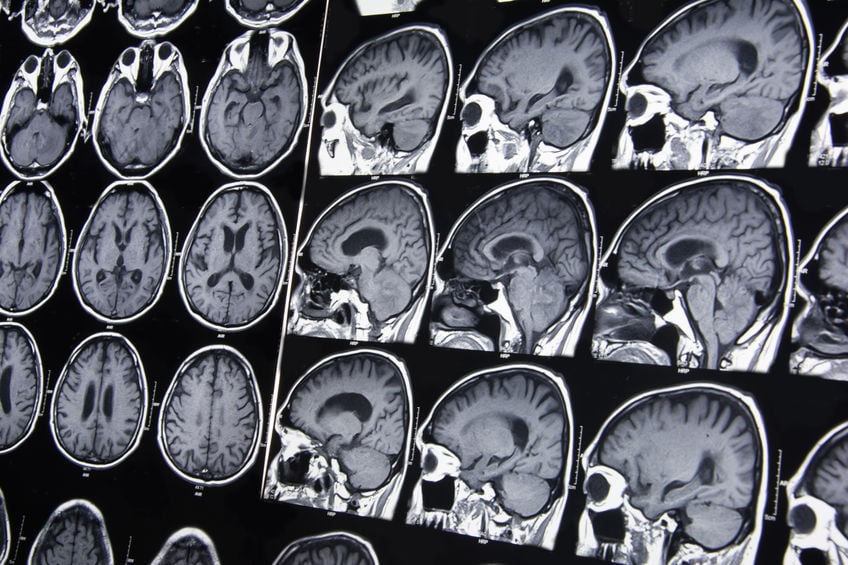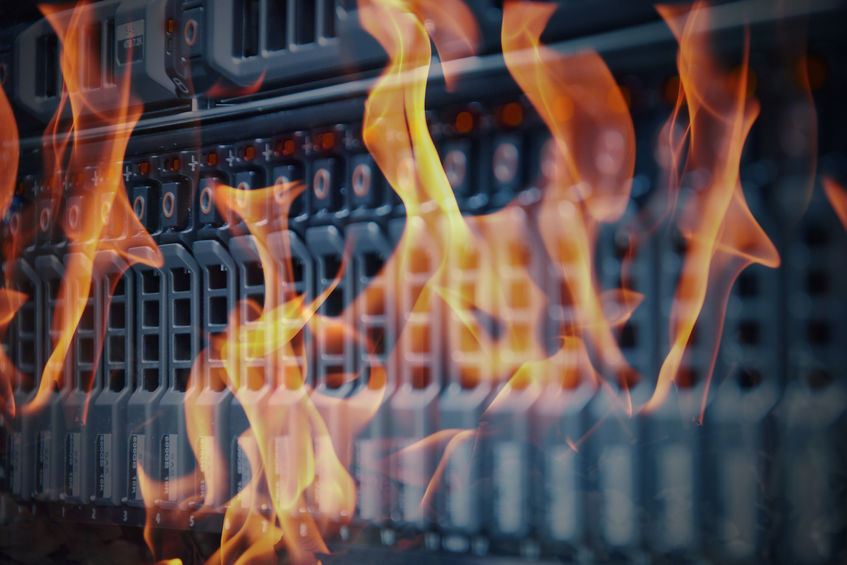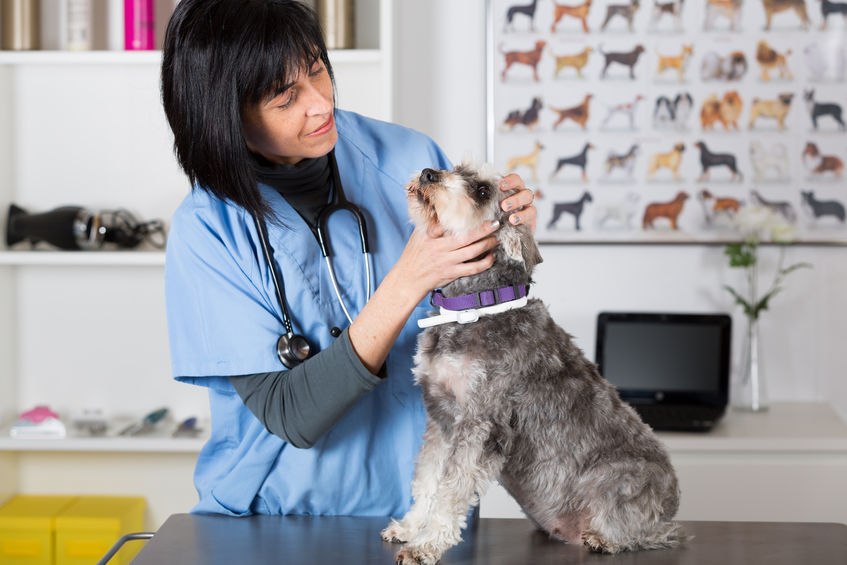What Features Should a Cloud PACS Have for Medical Imaging Management?
The ability to manage medical imaging studies effectively and efficiently is critical to the success of any practice. Physicians rely on the accuracy of studies, as well as the information that accompanies them, to provide the right diagnoses and treatments to their patients. However, if you find that your clinical staff has challenges securely managing image studies and associated protected health information (PHI), your clinic could find itself addressing regulatory issues, an area of liability you want to avoid as much as possible.
For these reasons it's imperative to choose a cloud PACS vendor that makes it easy for you to manage your medical imaging studies once they have been uploaded into the cloud.






